Today we are going to show how to recycle free Li-ion battery from electronic waste. From our experience using it for almost a year, it has been working well so far. So we surmise it could be a cheaper replacement for other types of batteries.
We removed a Li-ion battery from a broken laptop. Some may call it worthless electronic waste. But it is a valuable material source for us.
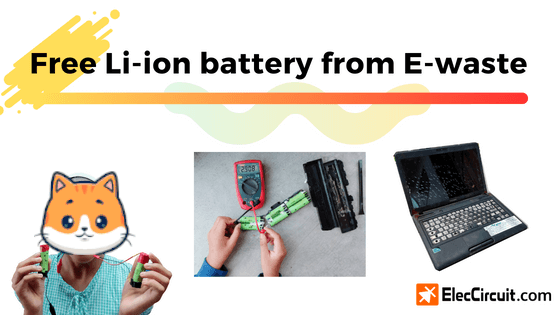
My daughter somewhat likes dismantling or removing these components. She gets happy every time those components can be reused.
Example of a laptop we used:
Meet the Li-ion battery pack
The Li-ion battery pack we’ve removed has a capacity of 10.7V 3700mAh.
Although it may be similar to any other ordinary 3.5Ah lead-acid battery. But Li-ion batteries are much smaller and lighter.
Then, we remove the battery’s plastic cover.
But we should not be using steel screwdrivers to wedge this plastic directly. Because the steel tip of the screwdriver may damage or short-circuit the batteries or the inside circuitry. So instead, we are going to be using a plastic ruler, popsicle stick, or other plastic cards.
18650 Rechargeable lithium Li-ion Battery
We will see six batteries arranged in two straight lines, the PCB, and the wire connector. Fortunately, all the batteries are in quite good condition.
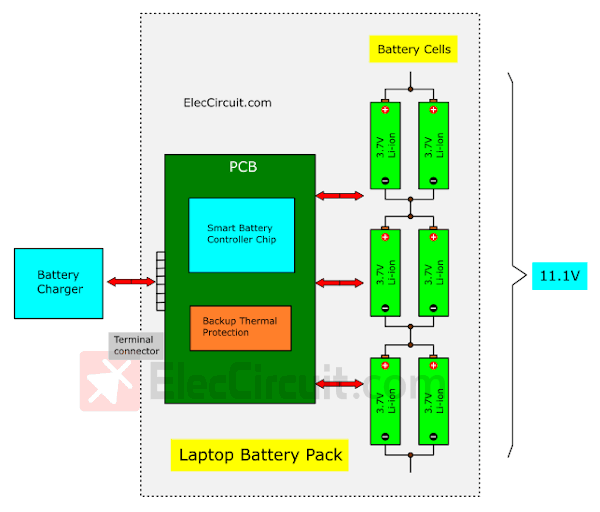
When we roughly look into the laptop battery pack. We will see that the PCB contains the smart battery controller chip, backup thermal protection, and the terminal connector to the laptop’s battery charger.
At this moment in time, our goal is only to remove the Li-ion battery to be used. As for the in-depth details and the working process of this laptop battery pack, we will learn more about it later on.
We will see that each battery is connected together in parallel. To double the current to 3700mA, as labeled on the battery pack itself. Therefore, each individual battery could have had a current capacity of no more than 2000mAh. Similar to the Ni-HM we have used before.
But each set of batteries is connected together in series to increase the voltage to about 11V.
My daughter measured the voltage and got a result of 2.9V, as shown below.
After that, we use a plier to cut the battery’s connector so that we can measure each battery individually; every single one of them has a voltage of about 2.9V. But if the voltage is lower than 2.5V, that means it could have already deteriorated, but we can just recharge it again to its maximum capacity.
Why was it called a 18650 Rechargeable lithium Li-ion Battery?
After that, my daughter (Chayaporn) measured the size of this battery. It has a length of 65mm and a diameter of 18 mm; when combined, both numbers result in 18650, which is its model name. We usually come across it frequently in flashlights and other electronic appliances; it is both high-power and low-cost.
The usage
We can solder a wire directly at its connector. But first, we should use a sharp knife to scrape the soldering point. And, we should solder it as quickly as possible because the battery does not like heat.
Crucial note
Strictly refrain from shorting the circuit; it will cause an overflow of current and might be damaged. For instance, my daughter tried shorting the circuit for just 10 seconds, and the resulting heat caused the wire to start to burn.
Thus, we should use electrical tape or non-conductive material to warp its connectors.
Charging 18650 lithium Li-ion Battery
Another good point of this battery is that it’s rechargeable. So we could continue using it on and on until it deteriorates and cannot store the energy within.
But also note that you should not charge it with a voltage of more than 4.2V. And also monitor the heat regularly.
In my opinion, we should charge at a rate of 0.1C, the same as other 2,000mAh batteries. Or a current of 200mA for 10–12 hours.
But my daughter wonders how charging the battery works. So, we try charging the battery in the simplest of ways. Which is using a 4.16V 3A power supply connected directly to the battery.
Thus controlling the voltage not to exceed 4.2V and at the same time charging the battery with the maximum current it needs.
At first, we measure the current flowing through the battery, which is around 2A. and then we measure the voltage, which is also around 3.6V.
But when some time has passed, the voltage of the battery keeps increasing to about 3.9V and the current drops to around 1.5A.
And it is likely that the voltage will keep increasing to 4.1V but the current will go down further as well.
Betoken that the energy inside the battery has risen; the current keeps flowing into it.
Understand how to charge the battery from the water tank
But still, my daughter isn’t quite understanding its working process just yet. So I bring up the comparison of charging the battery to the flow of water between two water tanks through a pipe, as shown below.
The first tank is bigger, with a diameter of around 3 metres and a water level height of 4.16 metres. And another tank, which is smaller, has around 2 metres in diameter and 3.7 metres in water level height, respectively.
Read Also: Simple Li-ion Battery circuit with automatic cut-off
The water will flow continuously through the pipe from a bigger tank (Power supply) to a smaller tank (Li-ion Battery). At first, the flow of the water is very rapid, and the water level in the smaller tank will slowly rise until the water level of both tanks is equal at 4.16 metres.
It is the same as in the case of charging a Li-ion battery. We should be cautious at first; the current flowing through is high, to the point that it might create a fair amount of heat. But when the max voltage level reaches close to 4V, the current will start to drop and the heat will go down, or at worst, a little bit warm.
This way is both easy and quick when charging the battery.
But at the end of the day, these batteries should be charged with a low current because it will greatly extend their lifespan.
Conclusion
Removing Li-ion batteries from old laptops and other electronic appliances will definitely save us money. And we can adapt them to other uses as well, for instance, lighting systems powered by solar cells, flashlights, digital circuits, and many more. Next time, we will introduce you to a charging circuit for these batteries and an example usage of these batteries as well.
Get This
All full-size images and PDFs of this post are in this Ebook below. Please support me. 🙂
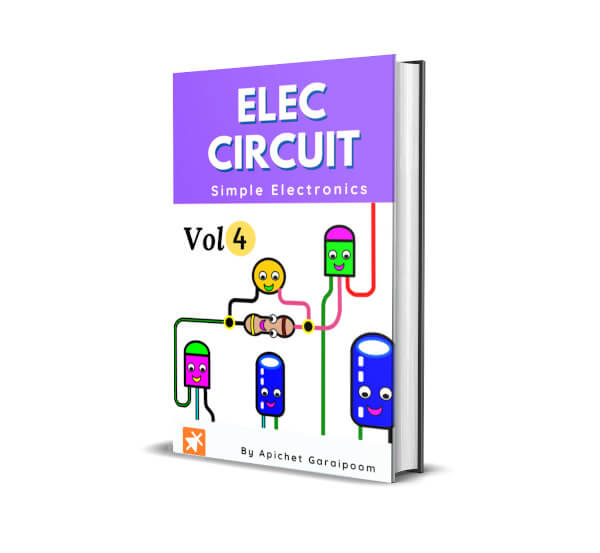

I love electronics. I have been learning about them through creating simple electronic circuits or small projects. And now I am also having my children do the same. Nevertheless, I hope you found the experiences we shared on this site useful and fulfilling.
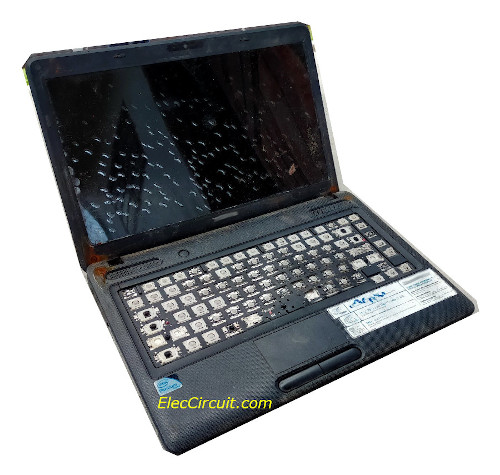
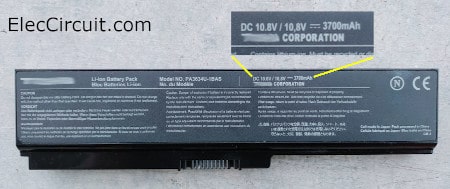
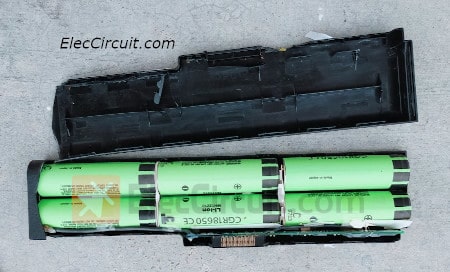
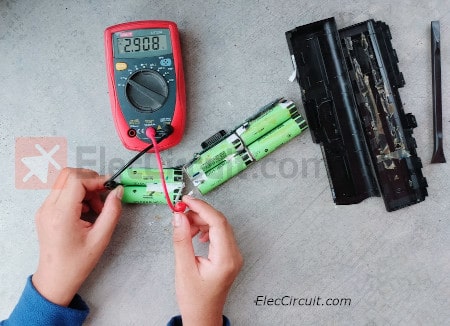
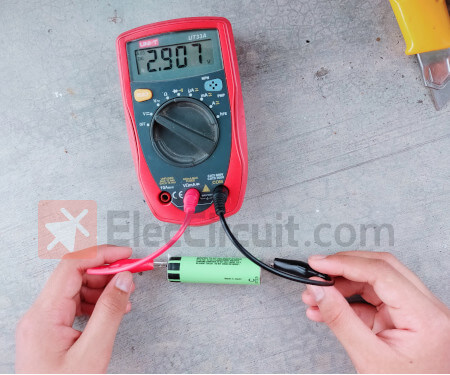
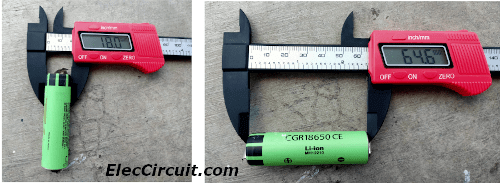
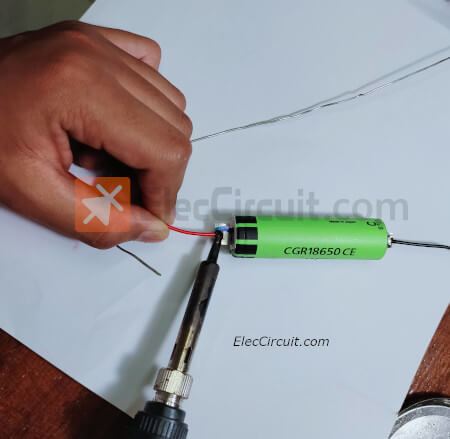
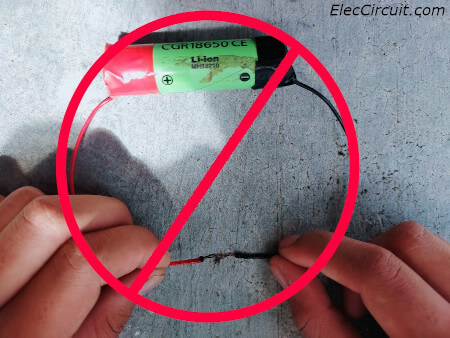
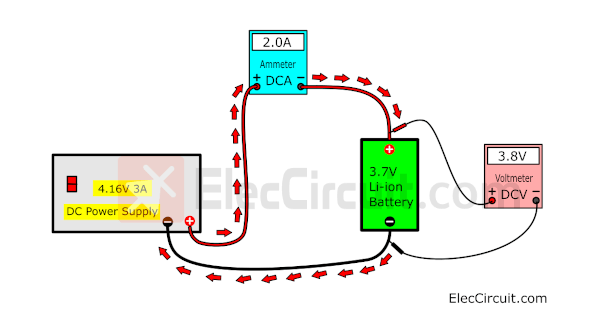
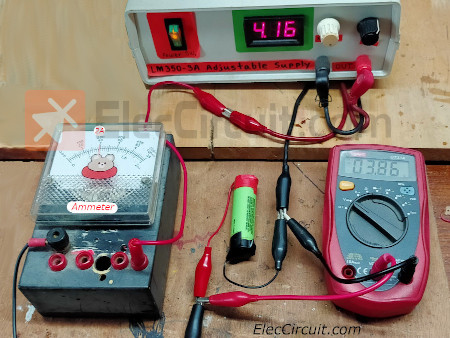
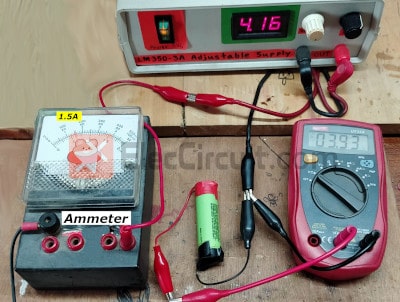
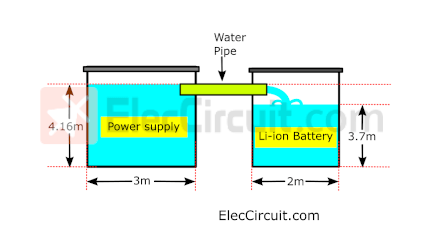
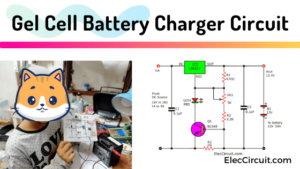
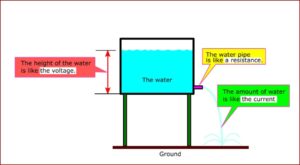
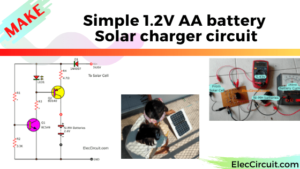
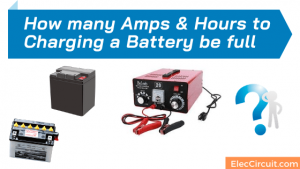
Your article on lithium batteries is very interesting and I learned new ideas.
Thank you,
Julio Rodriguez
Thank you, I and my dad. So happy that this article was helpful for you. 🙂
Thanks